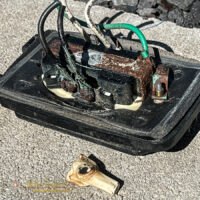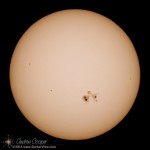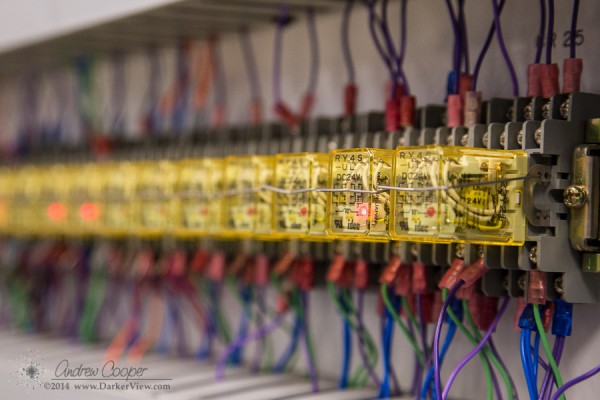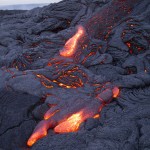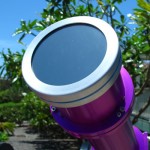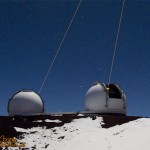Over the last week at work we have been preparing an unused part of the facility for use. We need a place for an industrial freeze dryer and a walk in cooler. But first we had to clear out a massive pile of junk that had accumulated, and do demolition on a lot of old equipment and piping to remodel the space.
Demolition? Break out the sawzall! We used a big sawzall, a small pile of saw blades, an angle grinder with a diamond cutoff wheel, a bit of muscle and a lot of sweat to get it done. The pile of trash accumulated rapidly along the fence, old lumber, a lot of PVC pipe, and a lot of rust… A big dumpster will appear later.
Rust. This close to the ocean everything is badly corroded, do not even try to release the old bolts, just pop a fresh battery into the angle grinder and let the sparks fly. The 20 amp sawzall does not use batteries, good for the thicker pipes and framed walls, it rips through PVC like butter.
Continue reading “Electrical Hazard”
